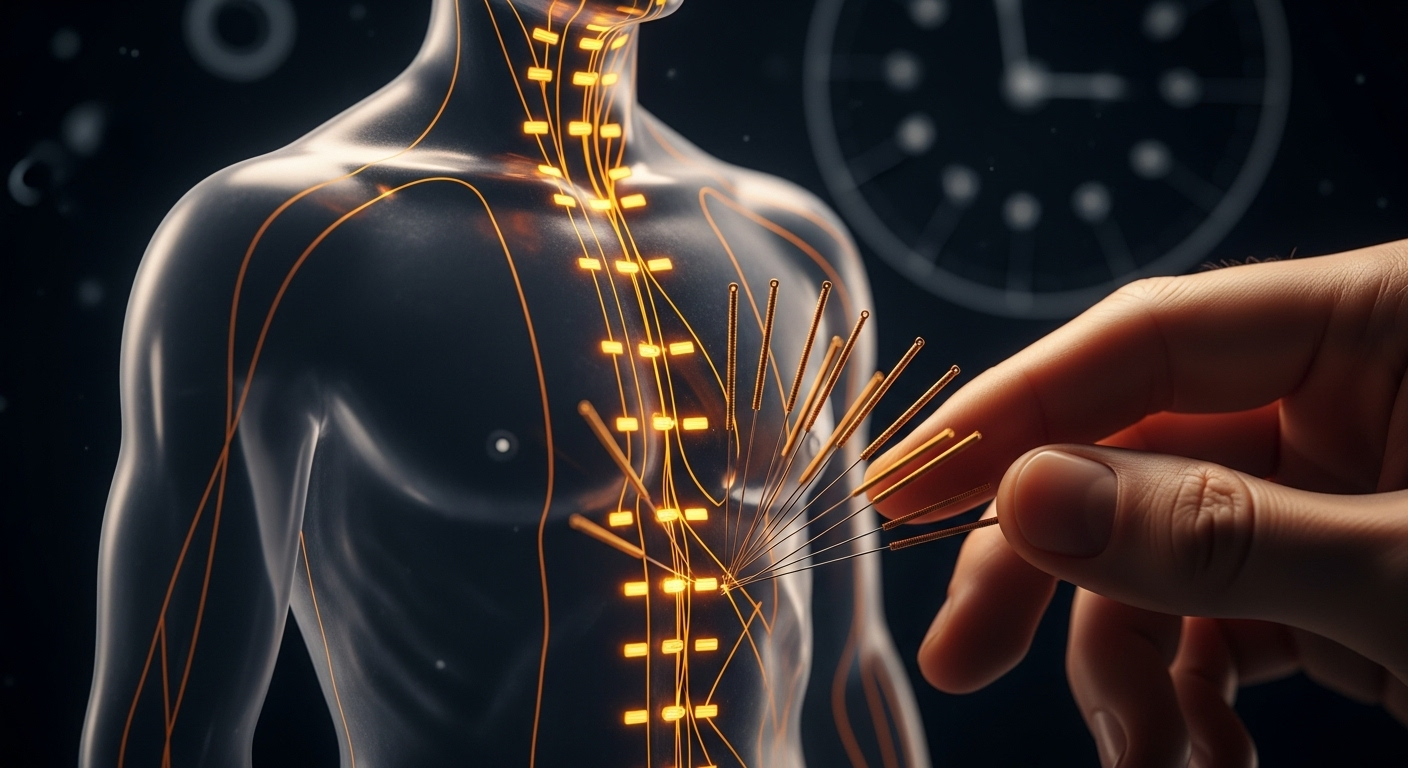Hormonal Imbalance: What Women Need to Know
Hormonal imbalance occurs when the body produces too much or too little of key hormones, disrupting normal function. For many women this can affect mood, sleep, metabolism, and reproductive health. Understanding common causes, symptoms, and how estrogen and other hormones interact helps you recognize issues early and seek appropriate care when needed.

What causes hormonal imbalance in women?
Hormonal shifts in women stem from several common causes: natural life stages like puberty and menopause, pregnancy and postpartum changes, thyroid disorders, polycystic ovary syndrome (PCOS), chronic stress, poor sleep, significant weight changes, and certain medications. Environmental factors such as endocrine-disrupting chemicals may also play a role. Identifying lifestyle contributors—diet, activity, and sleep patterns—can often reveal reversible triggers, while persistent or severe symptoms usually warrant medical evaluation to pinpoint the underlying cause.
How do hormones and estrogen affect health?
Hormones are chemical messengers that regulate systems across the body. Estrogen, progesterone, thyroid hormones, insulin, and cortisol influence cardiovascular health, bone density, mood, metabolism, and reproductive function. Low estrogen can lead to hot flashes, vaginal dryness, and bone loss, while excess estrogen may contribute to mood swings or irregular bleeding. Because hormones operate in balance, an abnormality in one often affects others. A holistic view of health—nutrition, exercise, mental health, and sleep—supports more stable hormone levels and overall well-being.
What symptoms should a woman watch during menopause?
Menopause commonly brings a cluster of symptoms tied to falling estrogen levels: hot flashes, night sweats, sleep disturbances, mood changes, decreased libido, and vaginal dryness. Some women also experience cognitive fuzziness, weight gain around the abdomen, and increased urinary frequency. Symptom severity varies widely: some have mild changes, others experience disruptive patterns that affect daily life. Tracking symptoms and their timing helps clinicians differentiate menopause-related changes from other conditions and tailor management to individual priorities and health goals.
When should you seek local services in your area?
Seek care if symptoms impair daily life, cause sudden or severe changes, or accompany concerning signs like heavy bleeding, fainting, chest pain, or unexplained weight loss. Start with a primary care physician, gynecologist, or an endocrine specialist found through local services. Telehealth tools can be convenient for initial triage, but be aware digital services sometimes experience interruptions (for example, “Service Unavailable” or request timeouts), so have backup options like phone lines or in-person clinics in your area. Keep an up-to-date list of trusted providers for timely care.
How are hormonal imbalances diagnosed?
Diagnosis typically begins with a medical history and physical exam, followed by targeted lab tests to measure hormone levels—such as estradiol, FSH, LH, thyroid hormones, and cortisol—based on symptoms. Imaging (e.g., pelvic ultrasound) or specialized tests may be used for conditions like PCOS or pituitary disorders. Because hormone levels fluctuate daily or across the menstrual cycle, clinicians time tests carefully and may repeat them to capture accurate patterns. A clear symptom log and medication list improves diagnostic accuracy and helps avoid unnecessary tests.
What treatment options balance hormones?
Treatment depends on the cause and patient goals. Lifestyle measures—regular exercise, a balanced diet, sufficient sleep, stress reduction, and limiting alcohol—are first-line approaches that support hormonal balance. Medical treatments include hormone replacement therapy for menopausal symptoms, thyroid hormone replacement, medications for PCOS, and targeted therapies for adrenal or pituitary disorders. Non-hormonal options and behavioral strategies can manage symptoms like hot flashes or mood disturbances. Shared decision-making with a clinician ensures treatments align with personal risks, family history, and long-term health priorities.
This article is for informational purposes only and should not be considered medical advice. Please consult a qualified healthcare professional for personalized guidance and treatment.
Conclusion
Hormonal imbalance affects many aspects of women’s health at various life stages. Understanding the roles of estrogen and other hormones, recognizing common symptoms, and knowing when to seek local services can lead to earlier diagnosis and more effective management. Combining lifestyle measures with appropriate medical evaluation creates the best chance of restoring balance and improving quality of life.






